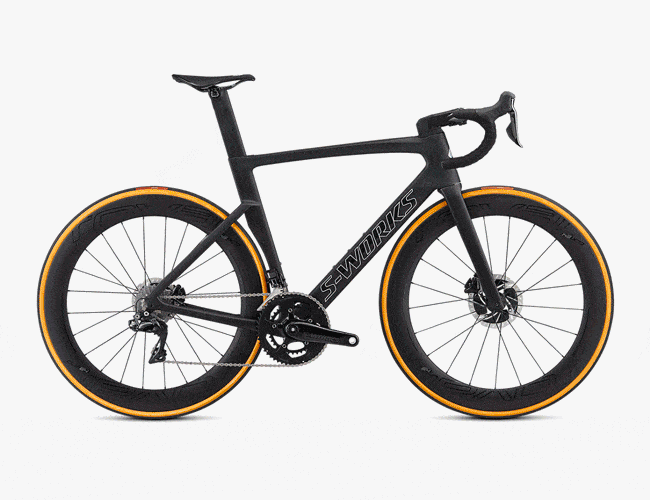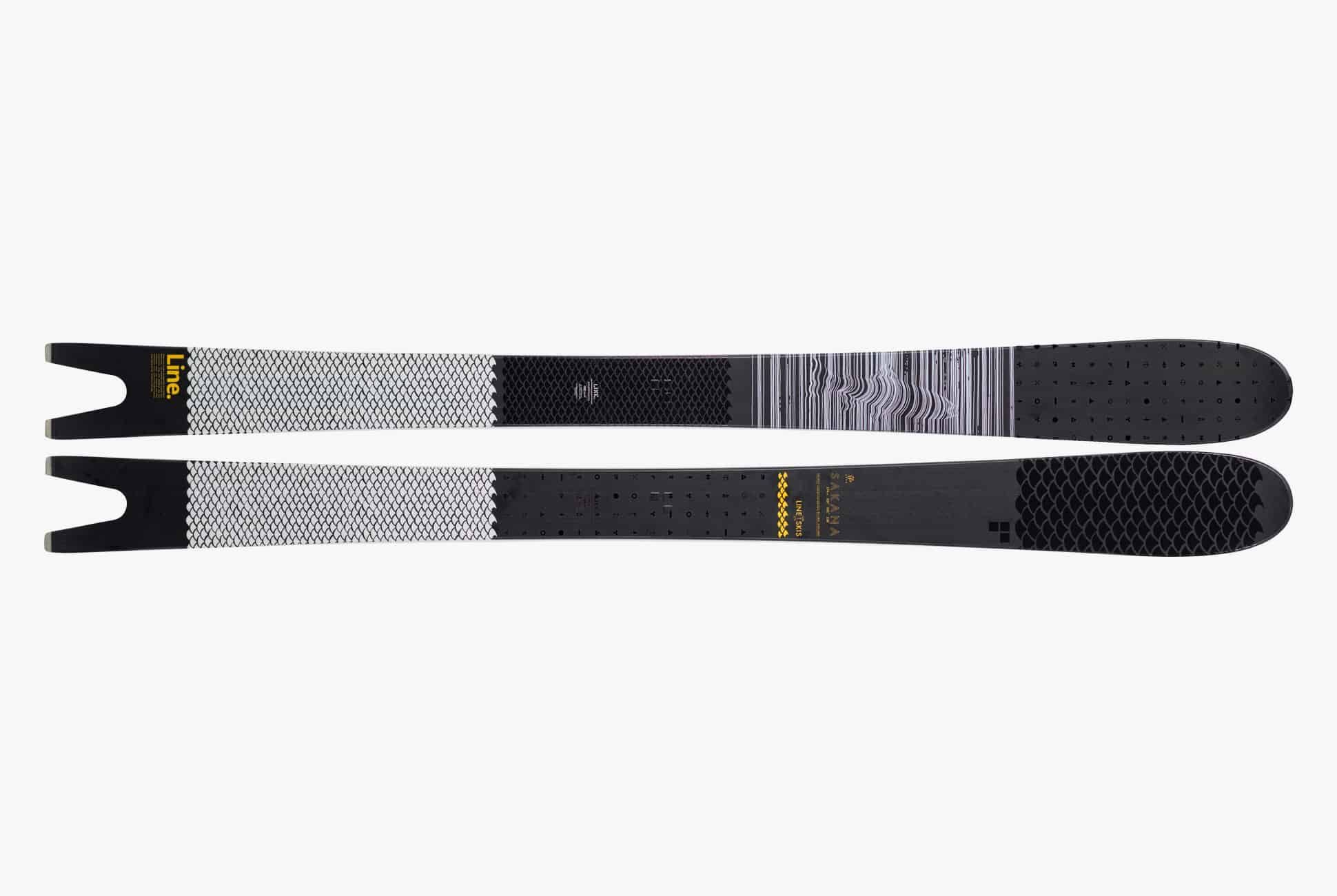When Line Skis introduced the Pescado in 2016, it made a statement unusual for the time: forget about going backward; optimize a ski to go forward as best it can. That used to be the only way to think about skis, but today, when pretty much everything but race skis are built as a twin-tip, it’s somewhat radical. Pro skier Eric Pollard’s idea was that a wide ski with a swallowtail instead of a rear tip — a shape inspired by surfboards and snowboards — would ski better in the deepest snow. Two years have proven the Pescado a successful experiment, and Line and Pollard regrouped this year to create a follow-up ski called the Sakana.
Like the Pescado, the Sakana is a directional — meant to go forwards, not backward — ski with distinctive swallowtail cutouts. (They also share the same namesake; pescado means “fish” in Spanish, sakana means “fish” in Japanese.) But while the Pescado was uniquely created for skiing powder, the Sakana aims at more general, all-mountain use. At 105mm underfoot, the Sakana is markedly narrower but also features integrated carbon flax tape for more stiffness and a tighter turning radius more appropriate for skiing in tight trees and on groomed surfaces. All-mountain skis haven’t seen substantial experimentation in regard to shape since the term “parabolic” was thrown around, and while the Sakana may not start a swallowtail revolution, it stands out as something altogether unique in the category.
The Sakana has already amassed plenty of recognition within the industry too — it earned one of Powder‘s “Ski of the Year” awards as well as an “Editor’s Pick” nod from Freeskier, with both publications confirming its ability to arc turns wide and narrow and produce an entirely novel feeling on the mountain.

The best way to catch up on the day’s most important product releases and stories. Read the Story
